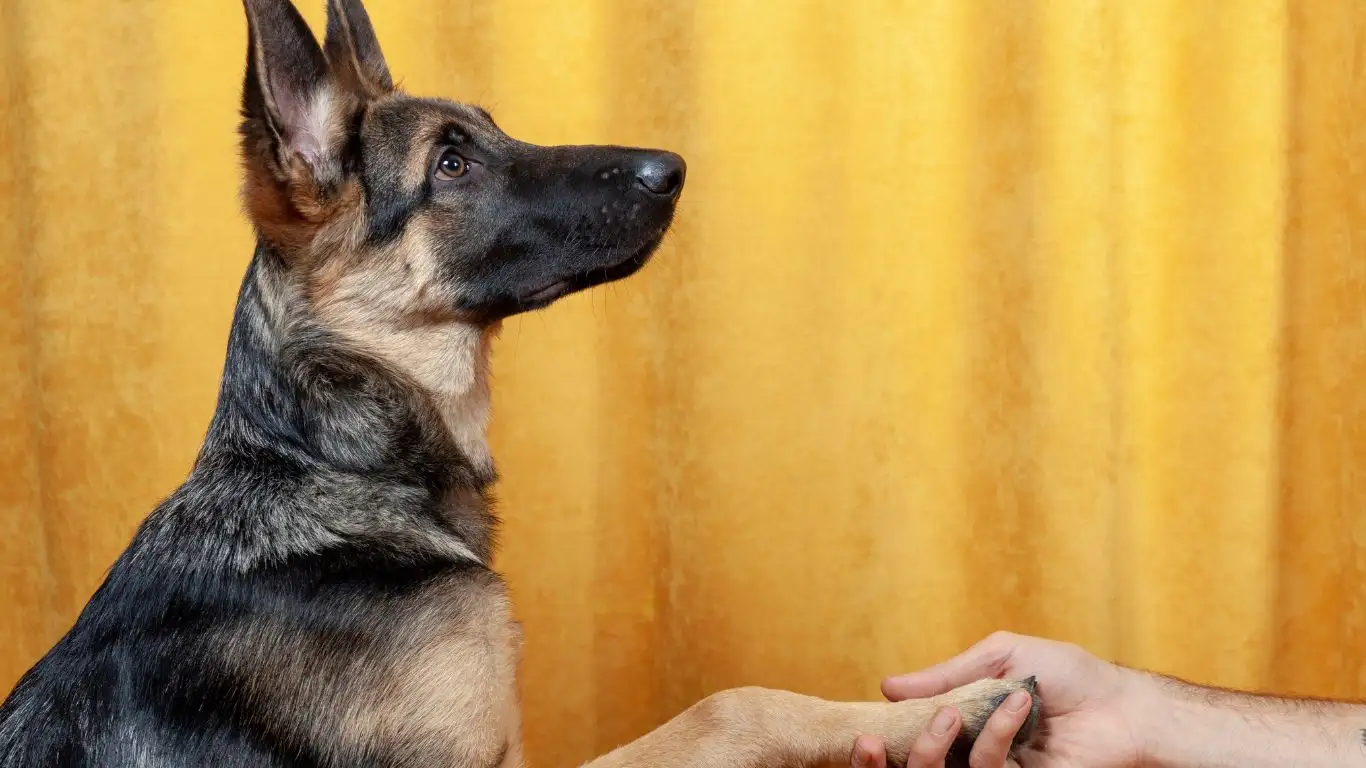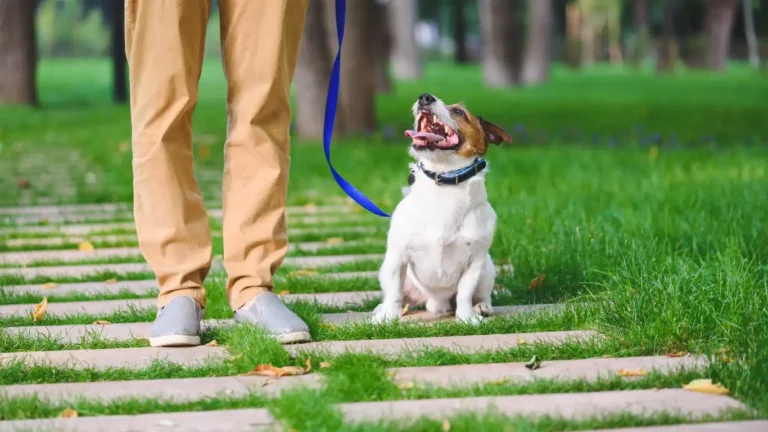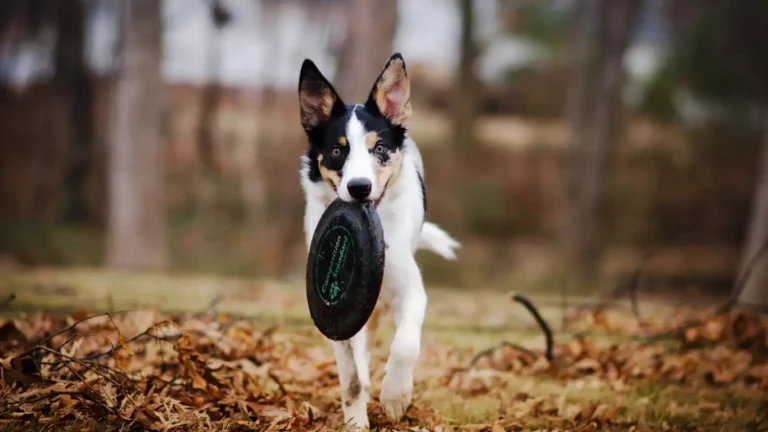How to Train a Dog to Accept Having Their Paws Wiped: Easy, Stress-Free Tips
If you’ve ever wrestled with a muddy dog at your front door, you already know why how to train a dog to accept having their paws wiped is a total game-changer. As a Canine-Assisted Therapy Trainer, I can’t tell you how many times I’ve heard clients sigh and say, “Tarra, I just can’t get him to stay still!” Trust me, I get it — I’ve been there too, trying to manage a squirmy pup who thinks a towel is some kind of weird toy. Good news: teaching your dog to tolerate, or even enjoy, paw wiping is absolutely doable. And honestly, it can be kind of fun if you approach it with a little patience (and maybe a few treats tucked up your sleeve). Let’s dive into how to make it happen!
Why Paw Wiping Matters More Than You Think
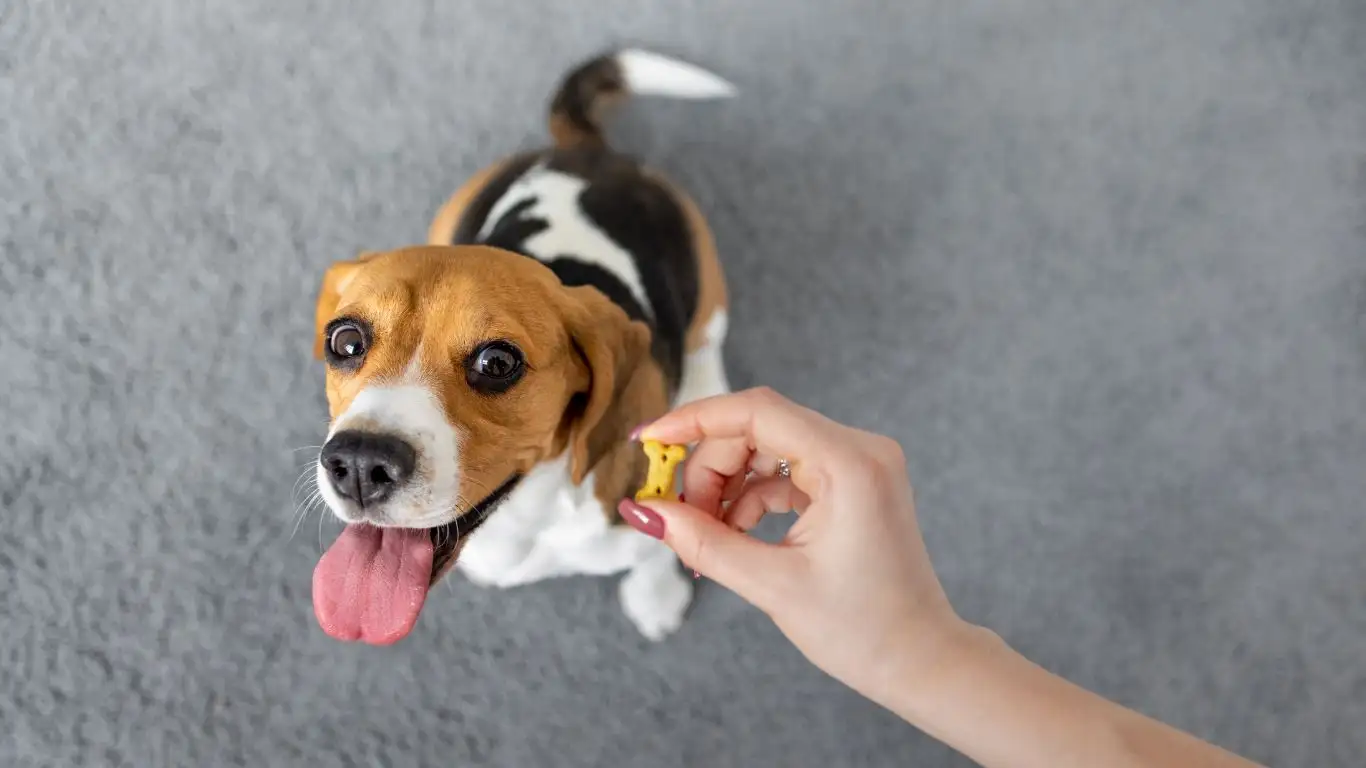
Before we get into the nitty-gritty of training, let’s just talk real quick about why this even matters. Sure, nobody wants muddy footprints on the carpet, but paw care goes way deeper than housekeeping. Dirt, tiny rocks, ice melt, pesticides — all of that nasty stuff clings to your dog’s paws after walks. And if they lick their paws afterward (which, let’s be honest, most dogs do), that grime ends up inside them. Not to mention, wiping gives you a daily opportunity to check for cuts, burrs, or anything weird between those precious toes.
From a therapy standpoint, clean and healthy paws mean a comfortable, happy dog — and that means they can focus better, work better, and build stronger bonds with the people they’re helping. So yeah, it’s a bigger deal than it seems at first glance!
Building a Positive Foundation for Paw Handling
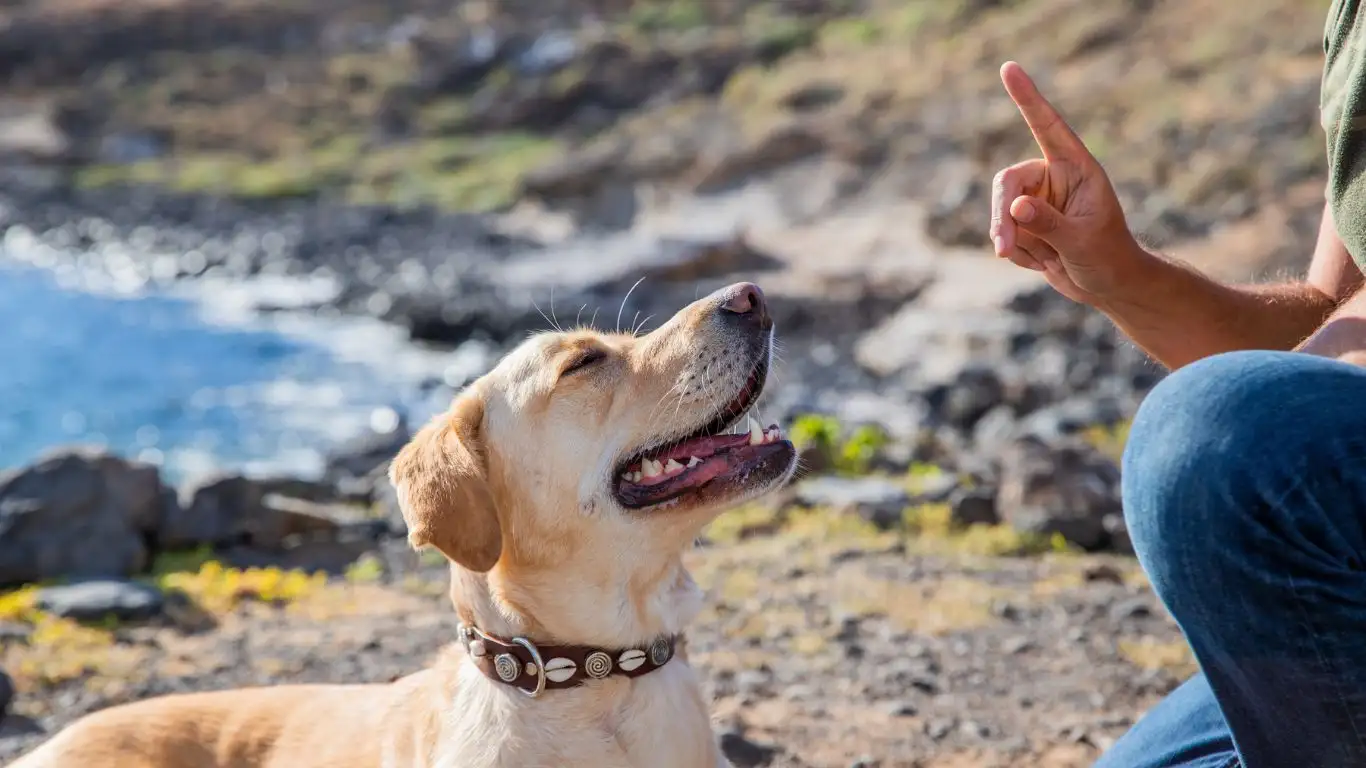
Start with Trust and Touch
Way before you even bring out a towel, you’ve got to lay the groundwork. And it starts with something super simple: gentle touch. A lot of dogs get twitchy about their paws because, well, it’s a vulnerable spot! Would you love it if someone randomly grabbed your foot? Yeah, didn’t think so.
So here’s what I do with my therapy dogs (and my own rambunctious lab, Daisy): I start with little, casual touches. During cuddle sessions, I’ll stroke their legs, casually brush my hand over their paws, and reward them for staying chill. Nothing formal, no pressure. It’s all about creating positive associations before you ever introduce something new.
- Pet down their leg slowly, then briefly touch the paw.
- Say a happy “Yes!” or “Good!” and toss a treat immediately after.
- Gradually increase how long you hold or lift the paw — tiny steps!
Introduce the Towel Early (and Make it Fun!)
Once your dog is totally cool with casual paw handling, it’s time to bring the towel into the picture. And here’s the secret: make the towel part of the game!
- Let your dog sniff and investigate the towel first. Toss a treat on it, play a little tug (if appropriate), just keep it low-pressure.
- Lightly touch the towel to their leg or paw without trying to wipe — reward immediately for any calmness.
- Over a few sessions, start gently swiping the towel across the paw for a second, then a little longer.
Pro Tip: Use a super soft, thin cloth at first. Big bulky towels can feel overwhelming to sensitive pups. I usually start with an old soft t-shirt cut into squares — lightweight and less scary!
Choosing the Right Time to Train
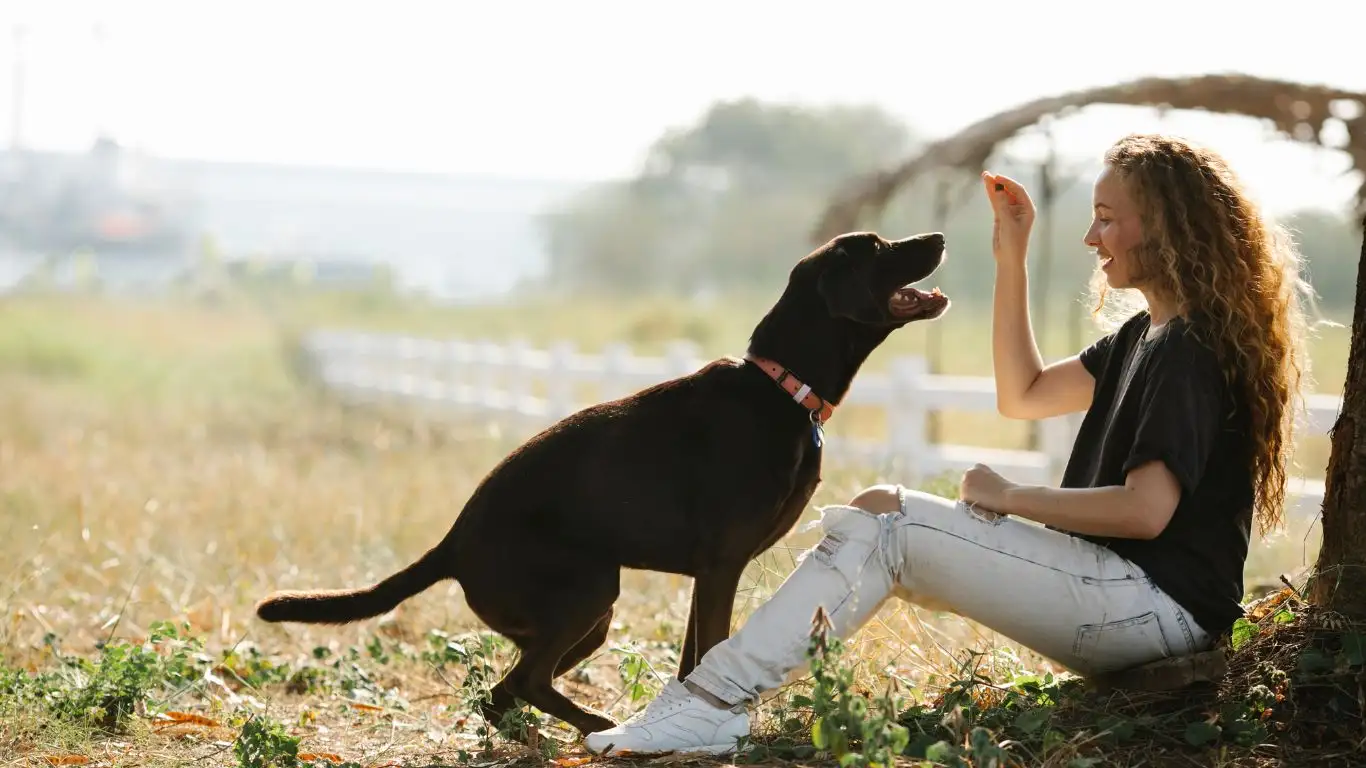
One of the biggest mistakes I see people make (and I was guilty of it too early on) is picking the worst possible time to work on paw training. If your dog is already amped up from a wild walk, trying to wrestle their muddy paws clean just sets both of you up for frustration.
Instead, pick a moment when your dog is naturally more mellow. Maybe after breakfast, after a casual sniff-around walk, or when they’re already relaxing at home. Calm dog = teachable dog.
Also, keep your sessions short and sweet. Two minutes here, three minutes there. You’re planting seeds, not trying to build Rome in a day.
Consistency Over Intensity
Seriously, don’t try to cram everything into one big session. Little, consistent practice moments work a million times better than one exhausting “training marathon.” I tell my therapy dog clients all the time: slow is smooth, smooth is fast.
Once your dog gets used to paw wiping as a regular, no-big-deal thing, you’ll wonder why you ever stressed about it in the first place!
Advanced Techniques to Help Your Dog Accept Paw Wiping

Once your dog’s comfortable with the basics, it’s time to level up a bit. Especially if you want them to be truly relaxed — not just tolerating it, but actually being okay with the whole paw-cleaning process. With therapy dogs, this deeper level of acceptance is a must, and honestly, it just makes life easier for pet owners too.
Use a Verbal Cue for Predictability
One of my favorite little “pro moves” is to add a verbal cue. Dogs love predictability — it helps them feel safe and confident. So before I even touch a paw, I say something like, “Paws!” or “Wipe!” in a happy, upbeat voice. It signals to them, “Hey, this is what’s about to happen.”
At first, you can say your cue word *as* you wipe gently, then reward with a treat or some praise. Over time, they’ll start to recognize the cue and know what’s coming. Way less surprising, way less stressful.
Desensitize to Different Towels and Situations
Here’s a little twist most people don’t think about: dogs can get used to one specific towel at home but freak out if you try it somewhere else or with a different material. In my experience training therapy teams, we always practice generalization early on — and it makes a huge difference.
- Use a fluffy towel one day, a thin cloth another.
- Practice paw wiping inside, outside, even in the car.
- Try when your dog’s dry and when they’re damp from a rainy walk.
The goal? Teach your pup that “paw wiping” isn’t a scary one-time thing. It’s just something we do, no matter where we are or what the towel looks like.
Common Challenges and How to Fix Them
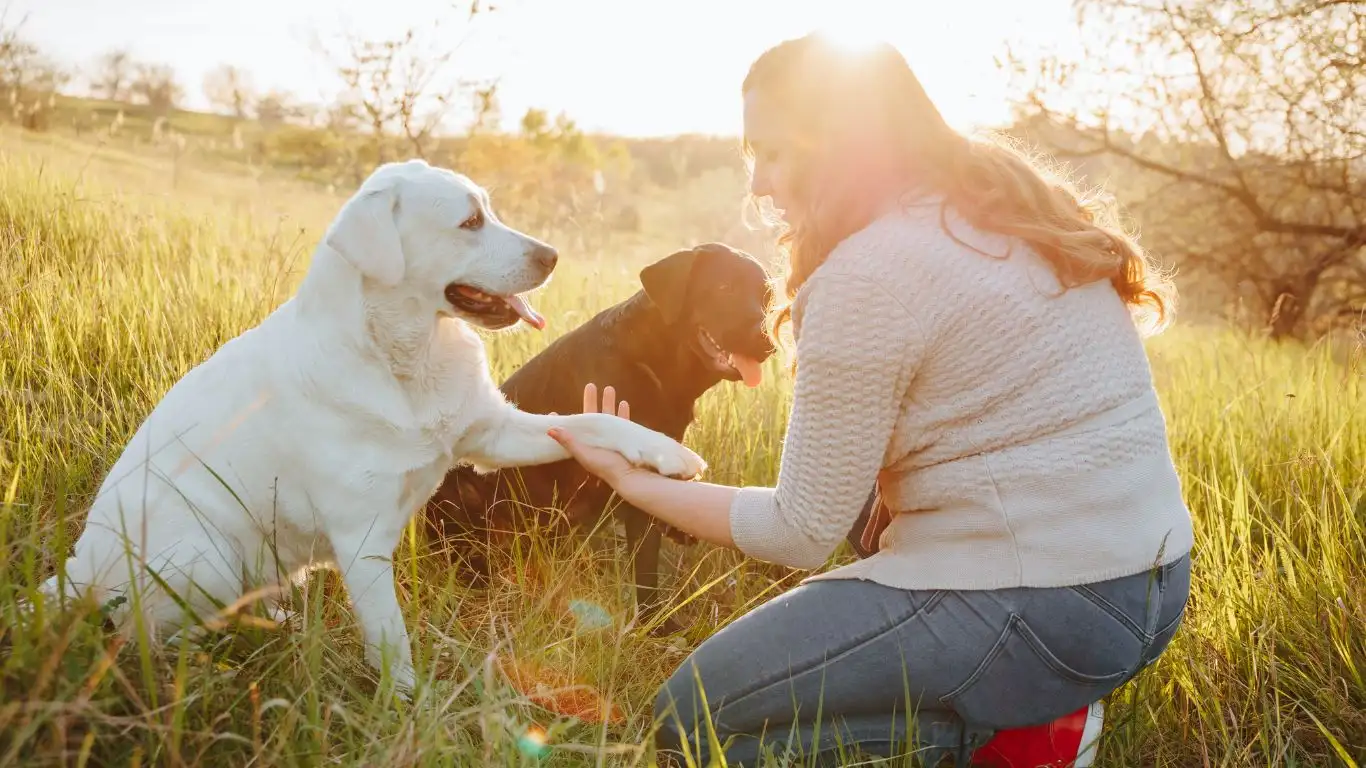
Look, no matter how patient or skilled you are, sometimes things don’t go perfectly. (Ask me how I know — my golden retriever, Buddy, once decided paw wiping was an invitation to wrestle.) If you hit a rough patch, don’t sweat it. Totally normal. Let’s talk about a few common issues and how to handle them without losing your mind.
Problem: Pulling the Paw Away
This is probably the number one hiccup. Your dog might yank their paw back the second you touch it. Frustrating? Oh, for sure. But it’s usually just a sign they’re feeling a little unsure.
What to do:
- Go back a step. Reward just for letting you touch their paw without lifting it.
- Break it down even smaller — touch, treat, touch, treat.
- Keep sessions super short and end on a positive note.
Consistency is key. Baby steps get you there faster than pushing too hard.
Problem: Playfulness or Overexcitement
Some dogs (especially puppies and super social breeds) think a towel = playtime. If your dog tries to mouth the towel or turn it into a tug toy, you’re definitely not alone.
What to do:
- Use a calm, boring tone when you bring the towel out. Keep energy low.
- Reward calmness, not silliness. Wait for a moment of stillness before treating.
- If they get too rowdy, just pause and take a little break. No drama.
Remember, the goal is for paw wiping to feel about as exciting as folding laundry — chill and predictable.
Tools and Products That Can Make It Easier
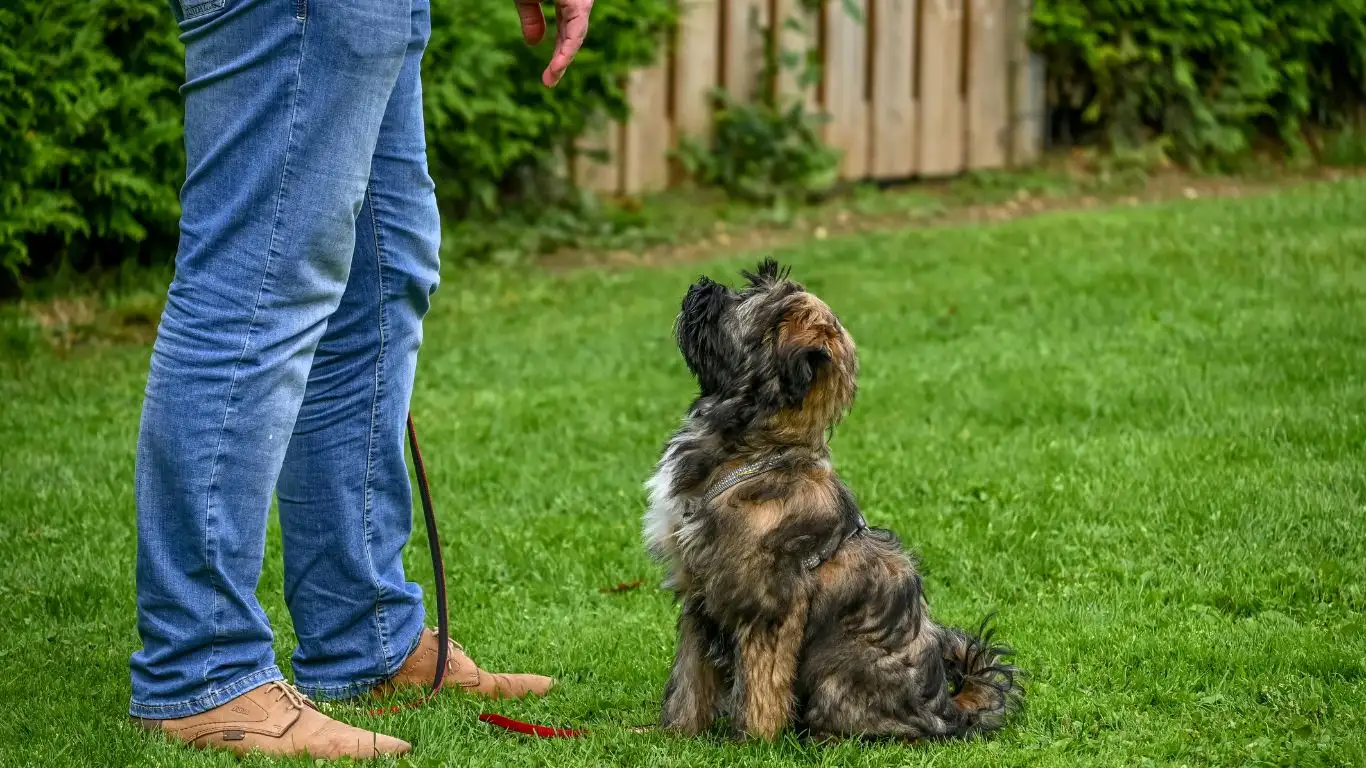
Sometimes a little extra help from the right tools can make training easier on both you and your dog. Over the years, I’ve tried just about every trick in the book (some winners, some… not so much). Here’s what I’ve found works best:
Best Towels for Sensitive Dogs
Super soft microfiber towels are my go-to. They absorb dirt and moisture fast without feeling rough. I keep a stack by every door at my house!
Paw Cleaning Mitts
These are awesome for dogs who hate the traditional towel wipe. It’s like a glove you wear, making it feel more natural for both of you. Plus, you get better control without a huge floppy towel dangling around.
Paw Balms and Moisturizers
Wiping paws can sometimes dry them out, especially in winter. I recommend using a natural, dog-safe paw balm once a week. Keeps those pads soft and healthy. I even show my therapy dog clients how to incorporate it into their regular routine — just another quick, positive touch session!
When to Ask for Professional Help
Even with all the right moves, sometimes you and your pup might hit a wall. And you know what? There’s zero shame in reaching out for backup. I’ve had therapy dog teams where we needed to loop in a behaviorist or do a few private sessions focused solely on body handling issues like paw wiping.
Here’s when I recommend getting some pro help:
- Your dog shows real fear (growling, hiding, snapping) around paw handling.
- You’ve been working consistently for weeks with little to no progress.
- Your dog has a history of resource guarding or body sensitivity.
In those cases, a positive reinforcement-based trainer can make a world of difference. They’ll help create a customized plan that’s safe, kind, and effective — and that keeps your relationship with your dog strong and trusting.
Long-Term Maintenance: Keeping Paw Wiping Easy and Stress-Free

Alright, so now your dog knows the drill — but how do you keep it that way? In my experience, long-term success with things like how to train a dog to accept having their paws wiped boils down to two big things: routine and reinforcement. If you treat paw wiping like a once-in-a-blue-moon event, your dog might start getting weird about it again. But if you weave it into daily life? It just becomes part of the normal rhythm.
Make It Part of Your Daily Ritual
Honestly, I treat paw wiping just like feeding or potty breaks — it’s a non-negotiable daily thing. For my therapy dogs, after every walk or outdoor play session, we come inside, paws get wiped, and then they get a chewy treat or some couch time. It’s not a big deal — it’s just “what we do.”
- Consistency helps your dog stay relaxed and expect what’s coming.
- Keeping it casual prevents build-up of anxiety or resistance.
- Daily handling also makes vet visits way easier down the line!
Even if it’s a quick swipe instead of a deep clean, the point is to keep reinforcing the behavior so it stays solid.
Reward Calmness Regularly
Here’s something I learned after training dozens of therapy dogs: you have to keep rewarding calmness, even long after your dog “knows” what to do. Randomly toss in a favorite treat, a belly rub, or a few seconds of fetch after paw wiping. It keeps the experience positive and keeps your dog in the mindset of cooperating is awesome.
Fun Paw Wiping Games to Keep Training Fresh
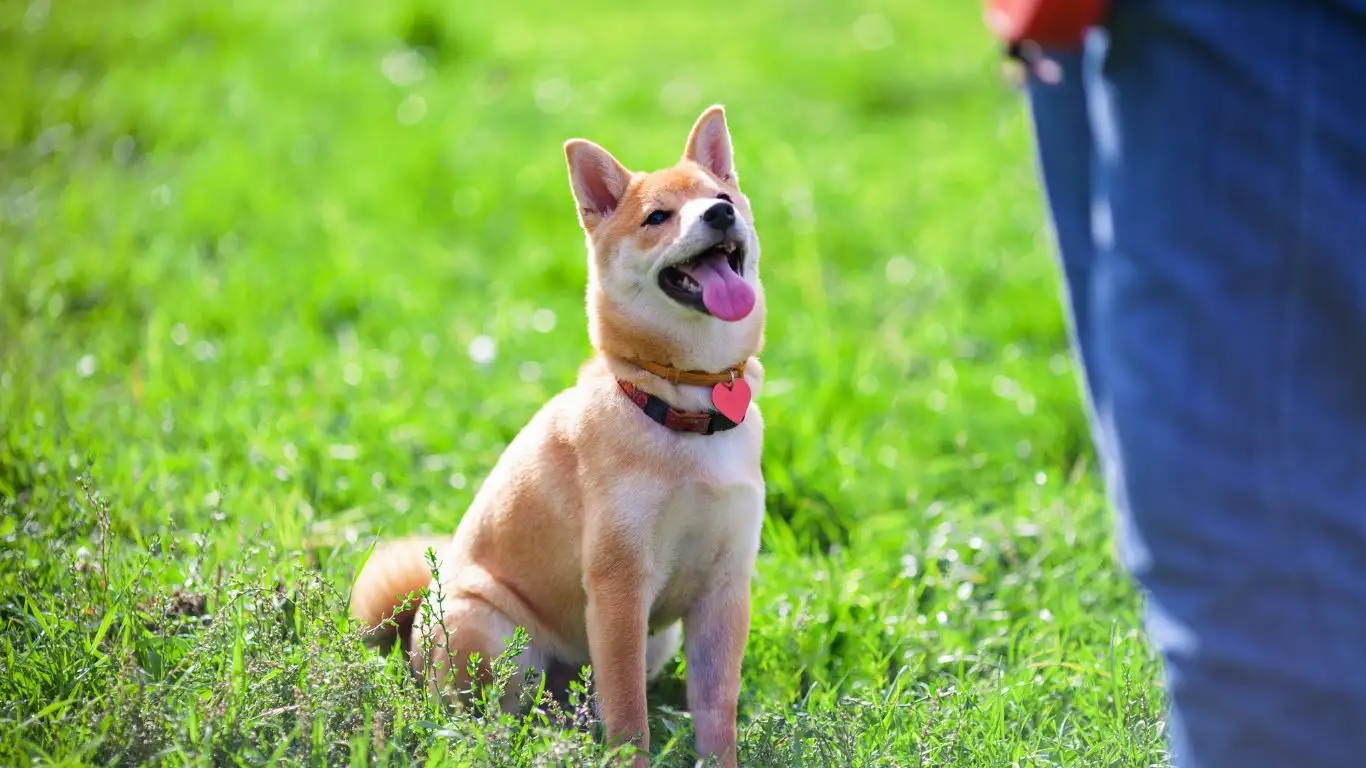
Training doesn’t always have to be serious business! In fact, the more you can turn paw wiping into a fun experience, the more enthusiastic your dog will be about participating. (Yes, seriously — I’ve seen dogs practically shove their paws into their handler’s hands because they’re so excited!)
The “Paw Target” Game
Teach your dog to target a towel with their paw! Start by laying a towel flat and placing a treat on it. When they step on it, mark with a “Yes!” and reward. Gradually shape the behavior into offering a paw touch to the towel on cue. It’s a super fun way to keep paw work positive.
- Place towel down and mark any interaction.
- Shape toward paw taps or presses.
- Fade in the wiping motion naturally over time.
Bonus: This game can transition beautifully into a full paw cleaning ritual without stress!
Hide and Seek with Towels
Scatter a few small towels around the room and hide treats under some of them. Let your dog “find” the treats. This builds positive associations with towels and paws — it’s a sneaky little way to make the whole idea way less intimidating!
Honestly, when you make things a game, dogs stay motivated, curious, and way less defensive. I use these little “play sessions” all the time with therapy teams who are working through touch sensitivities.
Signs Your Dog is Truly Comfortable with Paw Wiping
So how do you know when you’ve nailed it? Look for these signs:
- Your dog offers their paw voluntarily when they see the towel.
- They stay relaxed — soft eyes, loose body, no tension or pulling away.
- They accept wiping without constant treats (though it’s still nice to reward sometimes!).
- They bounce right back into normal behavior afterward — no lingering stress signals.
When you see these signals consistently, you can feel confident that your training (and your relationship!) is rock solid. That’s what it’s all about — trust, understanding, and teamwork. It’s truly one of the most beautiful parts of working with dogs, whether they’re therapy animals or just beloved family pets.
References
Disclaimer
The information provided in this article is based on my professional experience as a Canine-Assisted Therapy Trainer and is for educational purposes only. It is not intended as a substitute for professional veterinary advice, diagnosis, or treatment. Always consult with your veterinarian or a qualified canine behavior specialist regarding your individual dog’s needs and health conditions.
